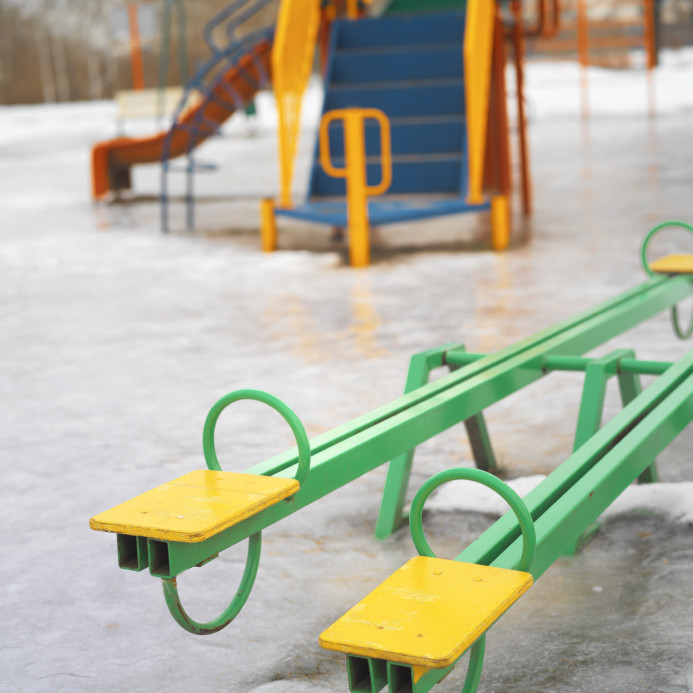Personal Injury and Playground Safety Information All Parents Should Know

According to the Consumer Product Safety Commission (CPSC), more than 200,000 American children are taken to the emergency room every year after being hurt on a playground. An average of one child each month dies as a result of their visit to the park as well. While some people might argue that we live in a society that is over-conscious of safety, these numbers tell the true story. Today's playgrounds are designed to protect children while they play and there is an expectation that precautions have been taken to prevent personal injury from occurring. Greatest Risks On playgrounds, children are most-often hurt when falling from equipment to the ground. The danger is amplified when the ground below is a hard surface, like dirt or grass. Heat is also a major concern, as children can easily burn themselves on hot slides or on the ground if permitted to play without shoes. There has been at least one case reported of woodchips spontaneously combusting due to heat. The incidents most commonly identified usually involve neglectful behavior by the equipment's owner, though a full list is detailed below.
- Falls or equipment failure (67%)
- Hazards near equipment (8%)
- Collisions with equipment or other children (7%)
- Becoming entrapped or entangled (7%)
Dangerous Equipment Commonalities have also been noted in the type of equipment children are harmed by. The top four include:
- Climbing Structures
- Swings
- Slides
- Monkey Bars (also referred to as overhead ladders)
Most Common Playground Injuries Fractures are the most common injury at playgrounds, accounting for 37% of all incidents. Concussions are the second-greatest risk, coming in at 20%, followed by lacerations at 17%. Strains or sprains, injury to internal organs, and concussions also made the list if common events. Staying Safe The CPSC offers several tips to help ensure your child stays safe while he plays.
- Make sure the ground has a soft covering, like woodchips, mulch, or sand, to a depth of at least 12 inches.
- The protective covering should extend at least 6 feet out from all equipment.
- Guard rails should surround all elevated platforms and the space between bars should be less than 3.5 inches or greater than 9 inches.
- Ensure there are no tripping hazards.
- Double check that equipment has been properly maintained and is in good condition.
- Do not allow your child to attach ropes or leashes to equipment, as it poses a strangulation risk.
- Check for sharp points or edges on equipment.
- Supervise your child while he plays.
It's worth noting that children ages four and under are at the greatest risk for harm at a playground. Boys are also more likely to be hurt than girls. As parents, we can't always protect our children, but vigilance and observation can go a long way to preventing personal injury on Charleston playgrounds.
Charleston Personal Injury Attorney
In the United States, there is an expectation for the owners of playground equipment to ensure it is safe and well maintained. This is true whether it's public equipment, like at a park, corporately-owned- perhaps at a mall, restaurant, or apartment complex, or even a swingset at a personal residence. If your child was hurt because the owner of playground failed to maintain it or provide a safe environment, you could be entitled to compensation to assist with medical bills and other needs.Contact us online or speak directly with one of our lawyers by calling 1(800)610-2546.
Contact Us
Clore Law Group welcomes your questions about any issues concerning a serious personal injury, car accident, medical malpractice, nursing home neglect, or business tort. If you have a viable claim, we’ll explain the legal process. Since consultations are always free, there’s no cost in learning your legal options.